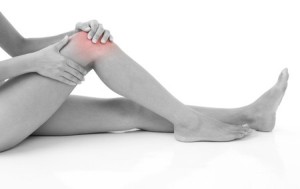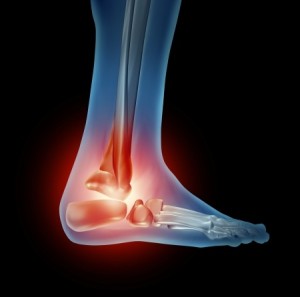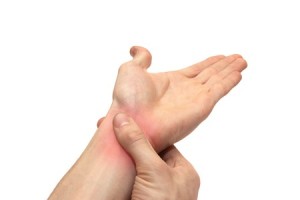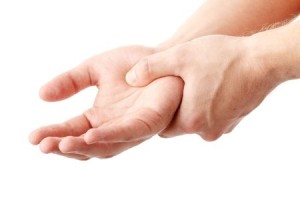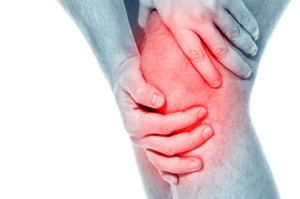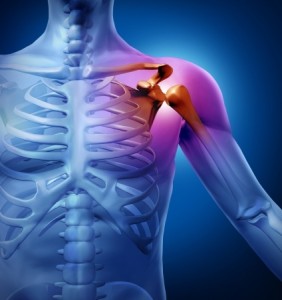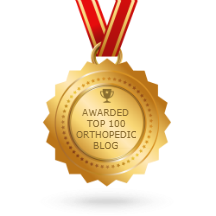Are Trauma Surgeons Always Covered By Insurance
For patients who have sustained a traumatic injury, insurance coverage can be complex because several types of insurance may be responsible for the bill. Although insurance can be complex, treatment by a trauma surgeon should always be covered. 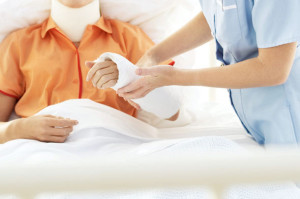
Types of Traumatic Injury
Traumatic injuries are injuries that occur after sudden, severe damage to part of the body. Common situations in which a traumatic injury may occur include:
- Workplace injuries
- Sports injuries, especially contact sports
- Car accidents
- Pedestrian accidents
Traumatic injuries often cause damage to the bones or soft tissues of the body. Fractures and ligament tears in areas like the legs, arms, knees, or shoulders are common. More rarely – and more seriously – severe damage may occur, such as “shattering” a bone, breaking the pelvis, or experiencing a brain injury or spinal cord injury.
Other Forms of Insurance Pay First
Often, traumatic injuries occur in situations where several insurances are in play. For example, workplace injuries are covered by workers compensation insurance, while car accidents and pedestrian accidents are covered by car insurance. In cases where both drivers were insured, first the at-fault driver and then the car accident victim’s insurance may cover part of the cost of treatment. The exact amount of coverage depends on the terms of the insurance.
Health Insurance Picks Up the Rest
In general, health insurance will not kick in until all other forms of insurance are exhausted. From there, health insurance will pick up the rest of the bill as described in the insurance policy. Depending on the terms of the policy, patients may or may not face a significant deductible or copay.
Because several insurances may all provide coverage for traumatic injuries, the trauma surgeon may need to obtain all of the insurance information and send bills to all of the insurance providers.
Managing Your Out-of-Pocket Costs
Ideally, insurance would make it possible to manage any out-of-pocket costs of the surgery without trouble, and many people are able to do so. However, because plans with a lower premium often have a high deductible and copay, some patients experience very significant out-of-pocket costs.
Patients who cannot afford their portion of the treatment have several options for financing. The trauma surgeon may be able to recommend a trusted third-party financing firm. All of the traditional forms of credit, like loans, credit cards, and health care credit cards, are also available. The right choice depends on the patient’s preferences and financial situation.
Howard Marans, MD is the top trauma surgeon in Orange County. Dr. Marans accepts most major insurances, including PPO plans. Dr. Marans would be happy to meet with you about your traumatic injury. To schedule a consultation today, please click below and enter your information or give us a call at 714.979.8981.


